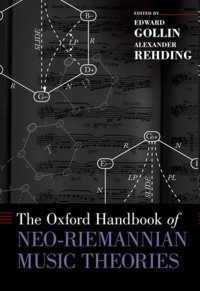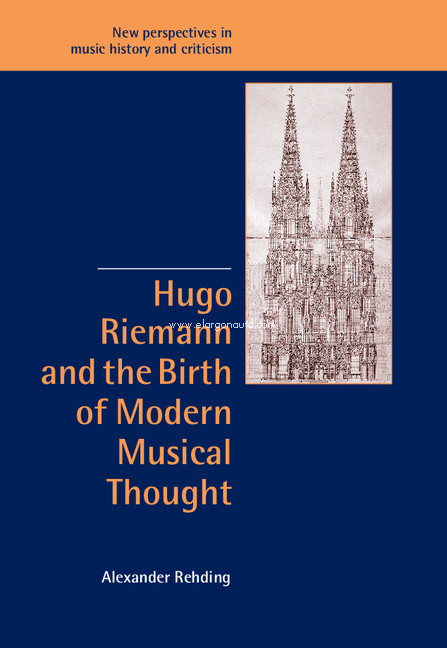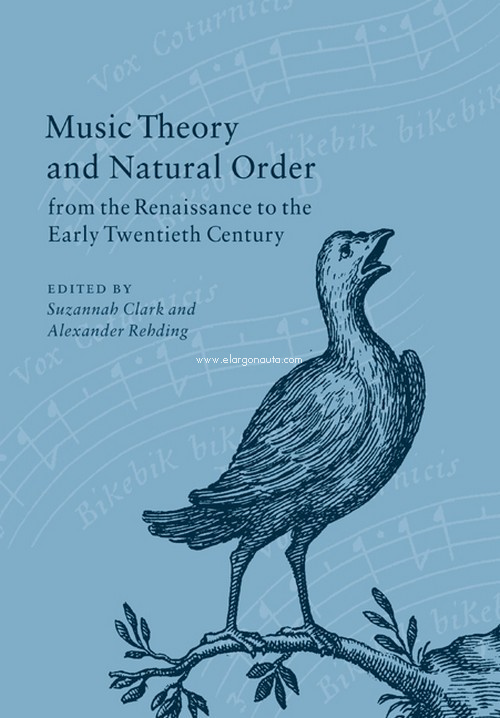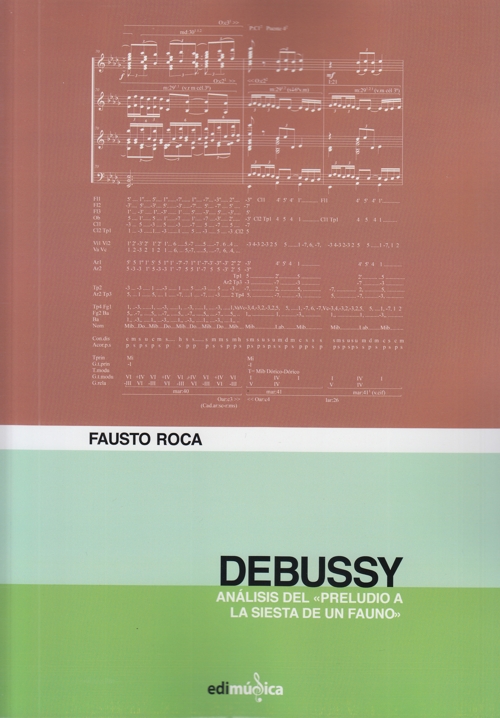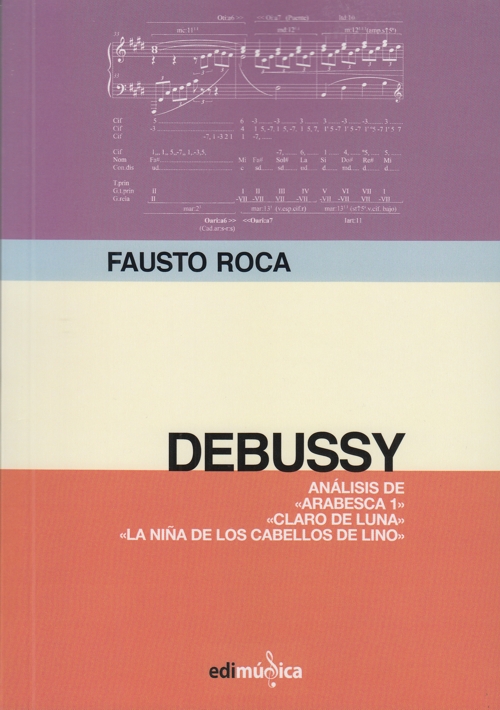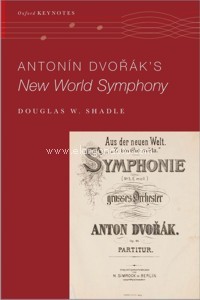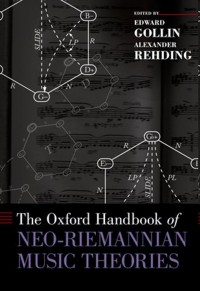
The Oxford Handbook of Neo-Riemannian Music Theories
Gollin, Edward
;Rehding, Alexander
Oxford University Press. 2011Ficha técnica
- EAN: 9780195321333
- ISBN: 978-0-19-532133-3
- Editorial: Oxford University Press
- Fecha de edición: 2011
- Encuadernación: Cartoné con sobrecubierta
- Dimensiones: 15,6x23,4
- Idioma: Inglés
- Nº páginas: 656
Impresión bajo demanda
Disponibilidad sujeta a la información del editor¡GASTOS DE ENVÍO GRATIS!
PVP. 281,10€
Añadir a la Lista de deseos
Edited by Edward Gollin and Edited by Alexander Rehding
In recent years Hugo Riemann's ideas have thoroughly captured the music-theoretical imagination, both in the United States and abroad. Neo-Riemannian theory has proven particularly adept at explaining features of chromatic music where other theoretical approaches have failed, and thereby established itself as the leading theoretical approach of our time. The Oxford Handbook of Neo-Riemannian Music Theories brings together an international group of leading proponents of Riemannian and neo-Riemannian theory for a thoroughgoing exploration of the music-analytical, systematic, and historical aspects of this important new field. The volume elucidates key aspects of the field, draws connections between Riemann's original ideas and current thought, and suggests new applications and avenues for further study. A number of essays suggest connections to other fields of inquiry, such as cognitive and mathematical music theory, as well as applications in the field of metric or melodic analysis. The selection of essays is complemented by several of Hugo Riemann's key original texts, many of which appear in English translation for the first time, and is rounded off by a glossary of key concepts for easy reference.
CONTENIDO:
Acknowledgments
Preface
Part I. Intellectual Contexts
Chapter 1.: The Reception of Hugo Riemann's Music Theory
Ludwig Holtmeier
Chapter 2.: The Nature of Harmony: A Translation and Commentary
Benjamin Steege
Chapter 3.: What is a Function?
Brian Hyer
Chapter 4.: Riemann and Melodic Analysis: Studies in Folk-Musical Tonality
Matthew Gelbart and Alexander Rehding
Part II. Dualism
Chapter 5.: The Problem of Harmonic Dualism: A Translation and Commentary
Ian Bent
Chapter 6.: Harmonic Dualism as Historical and Structural Imperative
Henry Klumpenhouwer
Chapter 7.: Dualistic Forms
Alexander Rehding
Chapter 8.: Dualism and the Beholder's Eye: Inversional Symmetry in Chromatic Tonal Music
Dmitri Tymoczko
Part III. Tone Space
Chapter 9.: From Matrix to Map: Tonbestimmung, the Tonnetz, and Riemann's Combinatorial Conception of Interval
Edward Gollin
Chapter 10.: On the Imagination of Tone in Schubert's Liedesend (D473), Trost (D523), and Gretchens Bitte (D564)
Suzannah Clark
Chapter 11.: Tonal Pitch Space and the (neo-) Riemannian Tonnetz
Richard Cohn
Part IV. Harmonic Space
Chapter 12.: Neo-Riemannian Perspectives on the Harmonieschritte, with a Translation of Riemann's "Systematik der Harmonieschritte"
Nora Engebretsen
Chapter 13.: On a Transformational Curiosity in Riemann's Schematisirung der Dissonanzen
Edward Gollin
Chapter 14.: Chromaticism and the Question of Tonality
David Kopp
Part V. Temporal Space
Chapter 15.: Perspectives on Riemann's Mature Theory of Meter
William E. Caplin
Chapter 16.: Reading Between the Lines: Hugo Riemann and Beethoven's Op. 31 Piano Sonatas
Scott Burnham
Chapter 17.: Metric Freedoms in Brahms's Songs: A Translation and Commentary
Paul Berry
Part VI. Transformation, Analysis, Criticism
Chapter 18.: Riemannian Analytical Values, Paleo- and Neo-
Steven Rings
Chapter 19.: Tonal Interpretation, Transformational Models, and the Chromatic Calls to Repent in Franck's Le chasseur maudit
Robert C. Cook
Chapter 20.: Three Short Essays on Neo-Riemannian Theory
Daniel Harrison
Glossary
Selected Bibliography
Index


